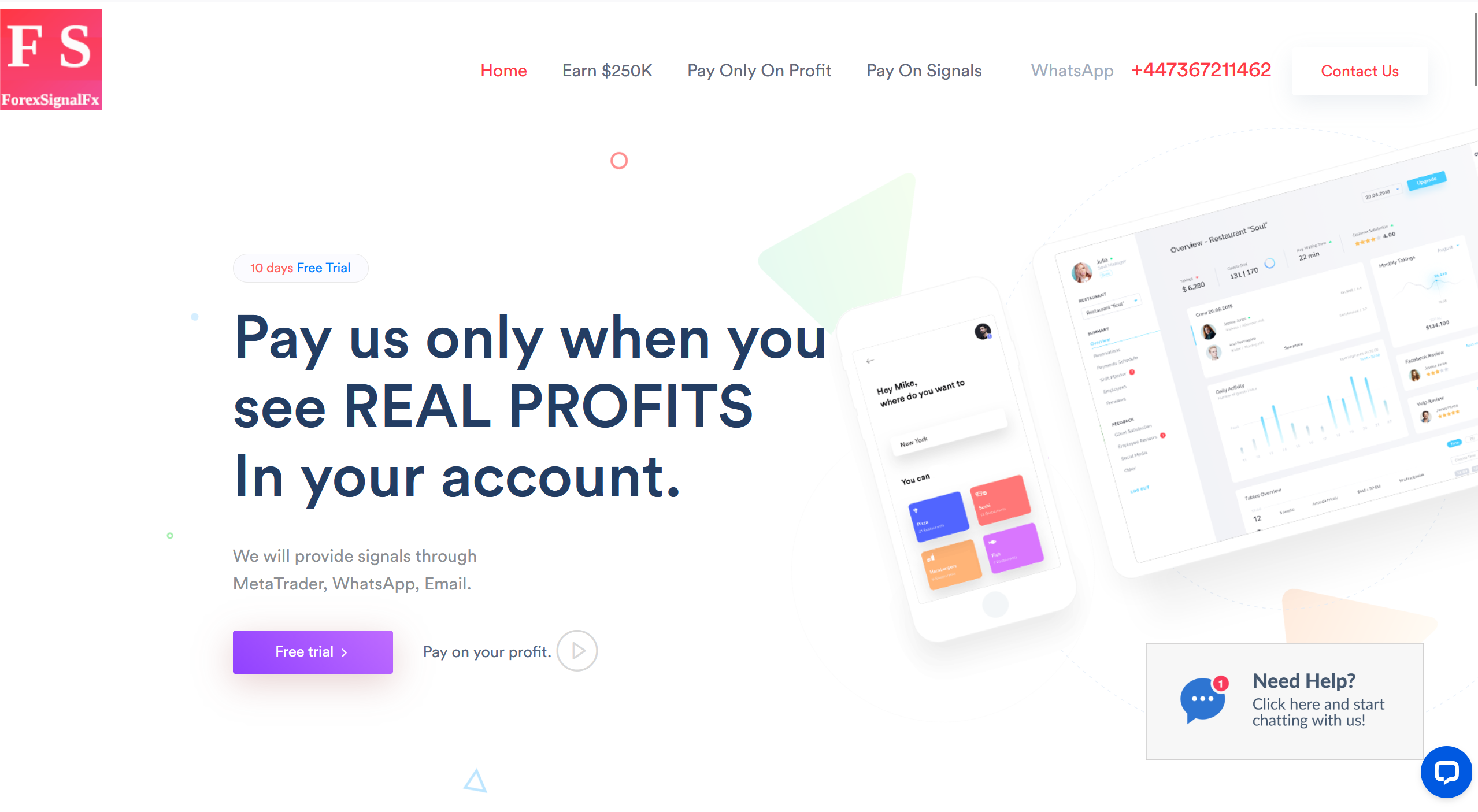Introduction
HyperVerse, once presented as a cutting-edge metaverse investment opportunity, has now been widely exposed as one of the biggest cryptocurrency Ponzi schemes in recent years. Promising high returns and leveraging celebrity endorsements, HyperVerse attracted thousands of investors worldwide, many of whom now find themselves without answers, or their money. This article unpacks the HyperVerse scam, exposes its tactics, shares real-life testimonies, and offers guidance on fund recovery.
What Is HyperVerse?
HyperVerse branded itself as a decentralized financial metaverse, offering investment packages that promised passive income through a native token and daily rewards. The company claimed users could “buy a space in the metaverse” and earn rewards from their digital assets, supposedly backed by blockchain technology. The project evolved from earlier iterations, including HyperFund and HyperCapital, both of which collapsed under suspicious circumstances.
Promised Returns
Investors were promised daily returns of up to 0.5%, which compounded to unrealistic annual gains. These returns were supposedly generated by investments in crypto, DeFi projects, and metaverse technologies.
Affiliates and Recruitment Model
HyperVerse adopted a multi-level marketing (MLM) structure. Members were rewarded for recruiting new investors, encouraging a classic Ponzi dynamic where early participants were paid from the funds of newer ones.
Red Flags and Scam Indicators
No Verifiable Business Model
HyperVerse failed to provide verifiable information on how it generated external revenue to sustain investor returns.
Dubious Leadership
The project was allegedly led by “Steven Reece Lewis,” a figure with no verifiable history in the tech or blockchain world. This persona vanished shortly after public scrutiny increased.
Regulatory Warnings
Several financial authorities, including the UK’s Financial Conduct Authority (FCA) and New Zealand’s Financial Markets Authority (FMA), issued public warnings against investing in HyperVerse, labeling it a potential fraud.
How the HyperVerse Scam Worked
Step 1: Hype and Marketing
HyperVerse used social media, paid YouTube testimonials, and even celebrity cameos to build legitimacy. They claimed partnerships with tech giants that were never substantiated.
Step 2: Token Sales
Investors were asked to buy proprietary tokens (HVT or HU) using Bitcoin or Ethereum. These tokens were used to “purchase memberships” and access daily rewards.
Step 3: Referral Bonuses
To earn more, members were incentivized to recruit others. This created an unsustainable pyramid structure that collapsed as soon as recruitment slowed.
Step 4: Withdrawal Restrictions
As pressure mounted, the platform began delaying or denying withdrawals. Members were told to upgrade or complete “KYC verification” usually involving additional fees.
Step 5: Platform Disappearance
Eventually, the platform went offline. Social media accounts were wiped or locked, and support became non-existent.
Timeline and Evolution
HyperVerse was preceded by several similarly structured platforms: HyperCapital, HyperCash, and HyperFund. These schemes shared the same leadership and business models, collapsing one after another as investor funds dried up.
Global Impact and Victim Stories
The HyperVerse scam affected victims worldwide, from the U.S. to Nigeria, India, the Philippines, and the UK.
“I put in $10,000 expecting a better future for my kids. I’ve gotten nothing back, and now I can’t even log in.”
“They made it sound like the next Facebook of crypto. I was sold a dream.”
“HyperVerse used religion and community leaders to get us to trust them. That trust was shattered.”
Estimated Losses and Scale of the Scam
While exact numbers are difficult to verify, it is estimated that the scam resulted in over $1 billion in losses globally. In Nigeria alone, financial analysts believe victims may have lost more than ₦1.3 trillion. Telegram and WhatsApp groups have been shut down, and the perpetrators are nowhere to be found.
Recovery Options for Victims
1. Document Everything
Keep all emails, transaction receipts, and communication logs. These documents are essential for investigations and legal action.
2. Report to Authorities
File a report with local law enforcement and international bodies like:
- FBI (IC3)
- Action Fraud UK
- SEC (U.S. Securities and Exchange Commission)
3. Hire Blockchain Forensics Experts
A blockchain forensic investigator can trace your funds across crypto wallets and exchanges and may help build a case for fund recovery.
4. Join Victim Support Groups
Online forums and legal coalitions offer emotional support and shared resources to build collective action.
Lessons Learned
- Always research a project’s founders and verify their credentials.
- Avoid platforms that guarantee unrealistic returns.
- Be cautious of MLM models tied to crypto.
- Check for regulatory licenses before investing.
Similar Scams to Be Aware Of
- BitConnect
- PlusToken
- OneCoin
- MTI (Mirror Trading International)
These projects followed the same deceptive practices: fake technology, big promises, referral schemes, and sudden disappearance.
Final Thoughts
The HyperVerse scam serves as a grave reminder of the risks associated with unregulated crypto investments. Despite its polished appearance and promises, HyperVerse was a well-orchestrated fraud. Victims deserve justice, and through proper documentation, forensic tracking, and legal support, recovery is possible.
If you were scammed by HyperVerse or a similar crypto project, our team of blockchain forensic experts is ready to assist. We offer ethical, legal crypto recovery services tailored to your case.







One Response
Good shout